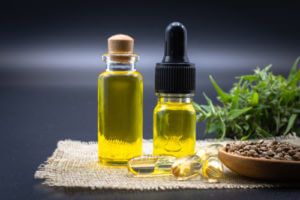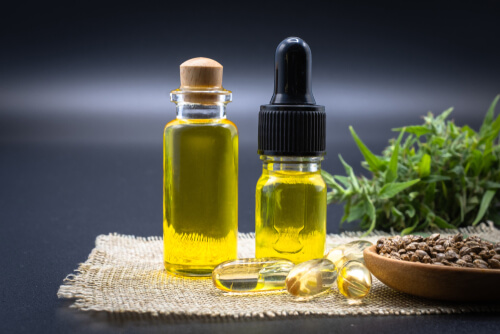
With several CBD products making a buzz in the industry, the cultivation of hemp CBD is increasingly being practiced. Cultivation for extracting CBD products is a newer application of the hemp crop, which was traditionally cultivated for its seed and fiber. Hemp plant cultivated for seed and fiber is called industrial hemp, and the farming methods of CBD hemp and industrial hemp have notable differences.
Understanding Hemp
Hemp plants contain less than 0.3% THC and the level has to be strictly maintained to ensure its legality. Crop varieties with high CBD levels are dioecious, which means that the plant has separate male and female individuals. Plants that are 8-10 weeks old show the first signs of gender and by reducing the exposure to light over a period of 24 hours, they can be forced to reach the flowering stage.
The male plants pollinate the nearby female plants making them produce less resinous flowers and more seeds, failing the whole mission of hemp cultivation. To avoid the problems caused by downfalls in sex identification, farmers choose the option of growing feminized clones, but the yield will be less when compared with the cultivation of seed-grown plants.
Growing Conditions That Suit CBD Hemp Best
Cultivation of female hemp plants has appreciable ease because the plants do not require a lot of water like many other crops. To ensure maximum yield from the farms, provide a nitrogen-rich medium for the vegetative stages and potassium and phosphorous rich medium for later stages.
Hemp can be cultivated outdoors and inside greenhouses, and the effectiveness of a selected method depends on various factors. Most of the results suggest that growing hemp in greenhouses offers better yield than outdoor cultivation, but the energy cost associated with indoor hemp farming is high.
Hemp grows in most climatic conditions but cultivating it in arid regions and mountainous areas are not recommended because hemp requires a balanced environment that is not extremely cold or hot.
Hemp plants grow well in places with a warm climate and soils with good drainage capacity. Sufficient water and sunlight should be provided to ensure the crop yield but overwatering can cause root rot, fungus, etc.
The seed should be properly immersed in the soil while you plant them and transplanting should be done a minimal number of times only, considering the possible fall in crop yield it could cause.
Understanding the hemp crop better and discovering the right growing conditions help in the production of better quality hemp crops, optimizing the health benefits of CBD, and increasing the profitability of hemp farming.

